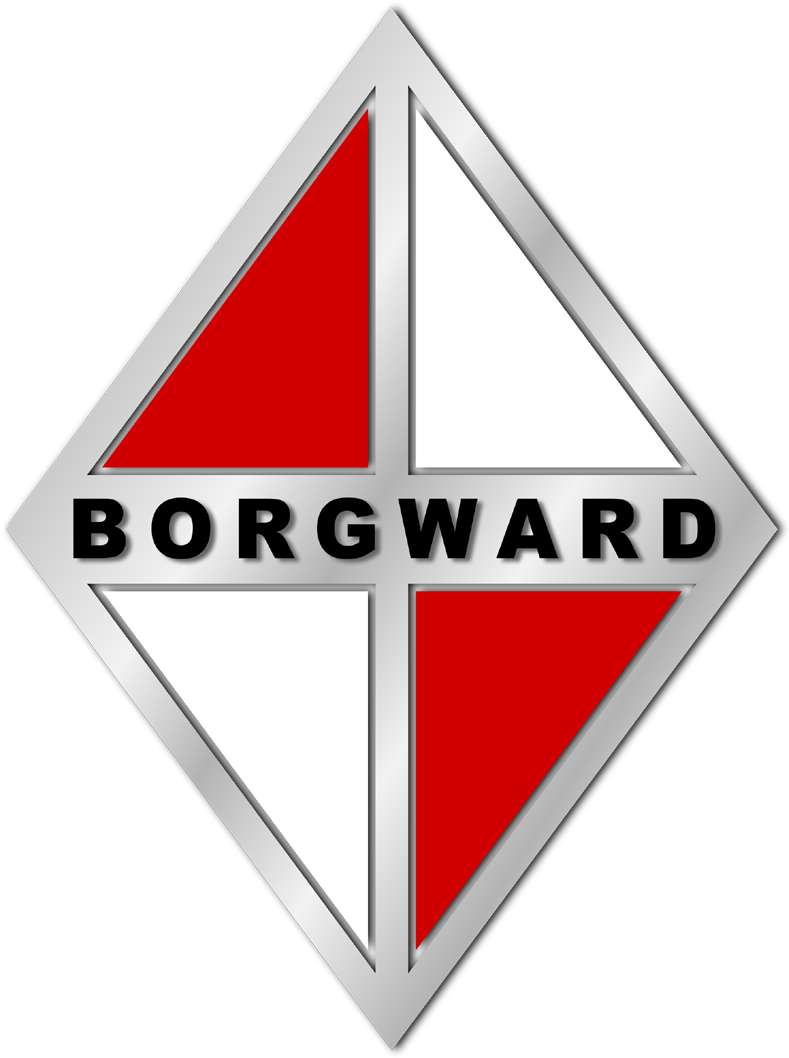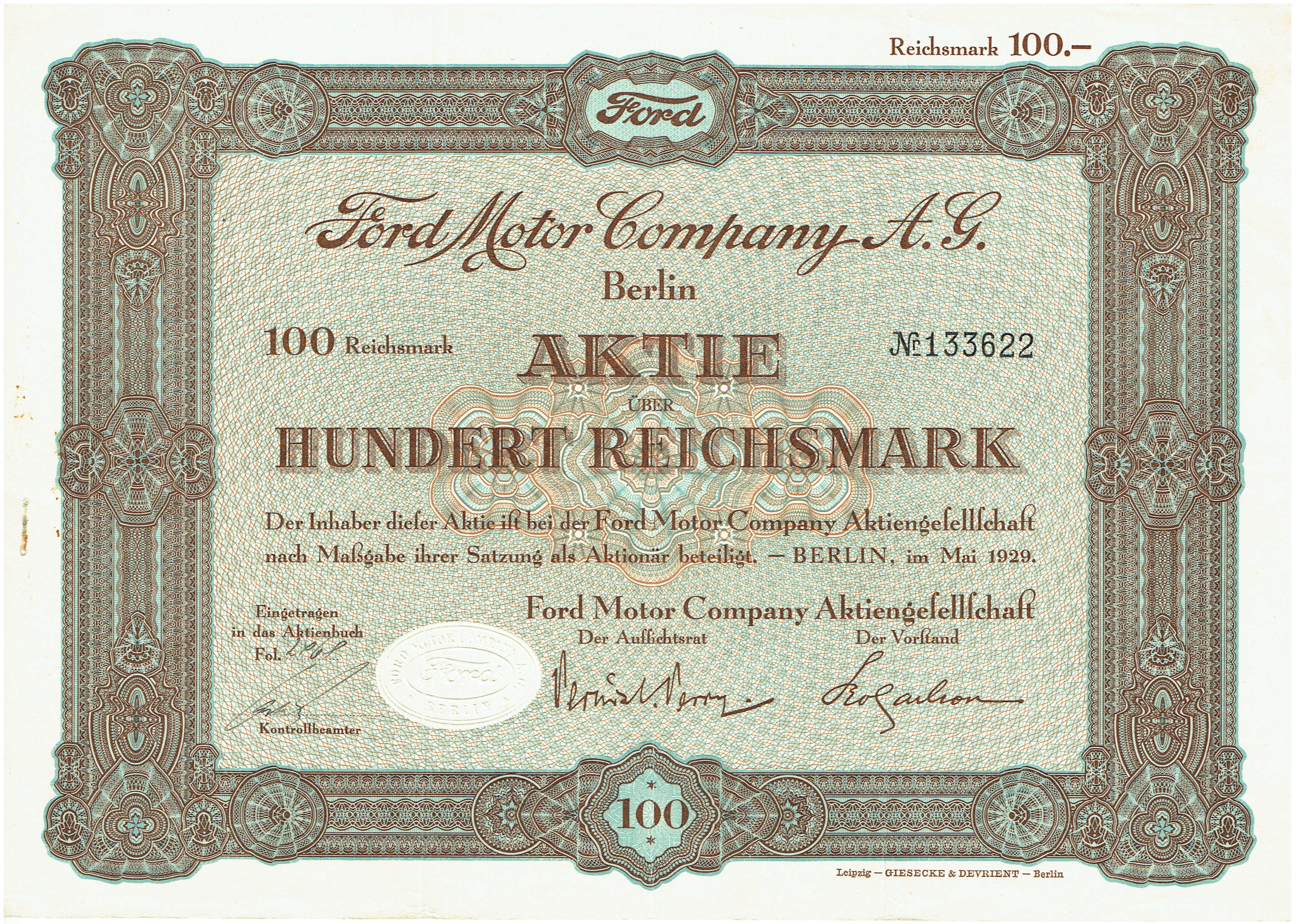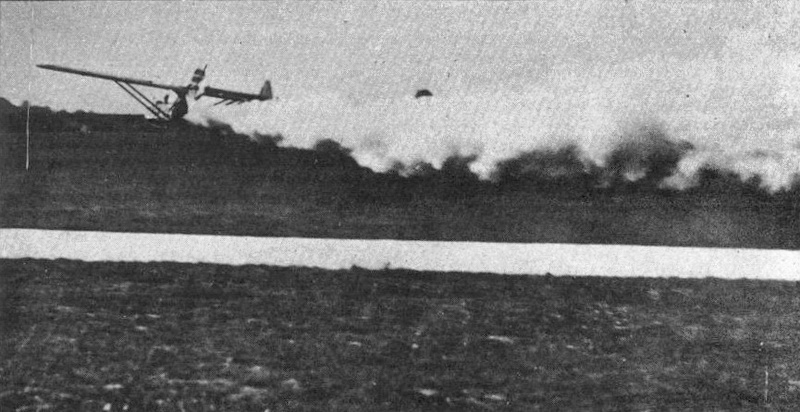|
Lloyd 400
The Lloyd 400 is a small car produced by the Borgward Group's Lloyd Motoren Werke GmbH (''Lloyd Motor Works'') in Bremen between 1953 and 1957. As with its predecessor, the Lloyd 300, the full name of the Lloyd 400 featured a two letter prefix that identified the body shape as follows: LP400 ("Limousine" / saloon), LK400 (panel van) and LS400 (estate). From August 1955 an LC400 ("Cabrio-Limousine" / cabriolet saloon) was also offered. Engine and running gear The Lloyd 400 was powered by an air-cooled twin cylinder two-stroke engine with a horizontal-flow Solex 30 BFRH carburetor. The engine was mounted transversely. The engine was based on that of the Lloyd 300, but the cylinder bore (diameter) was increased by to . The resulting engine capacity of 386cc provided for a maximum power output of at 3,750 rpm. The top speed listed was . Despite the leisurely performance figures, the Lloyd 400 was considerably faster and more powerful than its predecessor. The car was fuel ... [...More Info...] [...Related Items...] OR: [Wikipedia] [Google] [Baidu] |
Borgward
Borgward was a car manufacturing company, based in Bremen, Germany, founded by Carl F. W. Borgward (1890–1963). It produced cars of four brands, which were sold to a diversified international customer base: Borgward, Hansa, Goliath and Lloyd. Borgward's Isabella was one of the most popular German premium models in the 1950s, while Lloyd's Alexander / Lloyd 600 model offered affordable mobility to many working-class motorists. The Borgward 1500 RS race car featured a very modern engine design with four-valve DOHC and fuel injection. Despite success in the ongoing German Wirtschaftswunder economy miracle, Carl Borgward was reckless regarding cash flow, and his group ceased operations in 1961, following controversial insolvency proceedings. He died soon after, while the factory was taken over by competitors. The brand was revived in the 21st century, with the Stuttgart-based Borgward Group AG designing and marketing cars manufactured in China before filing for bankr ... [...More Info...] [...Related Items...] OR: [Wikipedia] [Google] [Baidu] |
Rack And Pinion
rack and pinion is a type of linear actuator that comprises a circular gear (the '' pinion'') engaging a linear gear (the ''rack''). Together, they convert between rotational motion and linear motion: rotating the pinion causes the rack to be driven in a line. Conversely, moving the rack linearly will cause the pinion to rotate. The rack and pinion mechanism is used in rack railways, where the pinion mounted on a locomotive or a railroad car engages a rack usually placed between the rails, and helps to move the train up a steep gradient. It is also used in arbor presses and drill presses, where the pinion is connected to a lever and displaces a vertical rack (the ram). In pipelines and other industrial piping systems, a rack displaced by a linear actuator turns a pinion to open or close a valve. Stairlifts, lock gates, electric gates, and the mechanical steering mechanism of cars are other notable applications. The term "rack and pinion" may be used also when the rac ... [...More Info...] [...Related Items...] OR: [Wikipedia] [Google] [Baidu] |
Cars Introduced In 1953
A car, or an automobile, is a motor vehicle with wheels. Most definitions of cars state that they run primarily on roads, seat one to eight people, have four wheels, and mainly transport people rather than cargo. There are around one billion cars in use worldwide. The French inventor Nicolas-Joseph Cugnot built the first steam-powered road vehicle in 1769, while the Swiss inventor François Isaac de Rivaz designed and constructed the first internal combustion-powered automobile in 1808. The modern car—a practical, marketable automobile for everyday use—was invented in 1886, when the German inventor Carl Benz patented his Benz Patent-Motorwagen. Commercial cars became widely available during the 20th century. The 1901 Oldsmobile Curved Dash and the 1908 Ford Model T, both American cars, are widely considered the first mass-produced and mass-affordable cars, respectively. Cars were rapidly adopted in the US, where they replaced horse-drawn carriages. In Europe and other ... [...More Info...] [...Related Items...] OR: [Wikipedia] [Google] [Baidu] |
Mercedes-Benz
Mercedes-Benz (), commonly referred to simply as Mercedes and occasionally as Benz, is a German automotive brand that was founded in 1926. Mercedes-Benz AG (a subsidiary of the Mercedes-Benz Group, established in 2019) is based in Stuttgart, Baden-Württemberg, Germany. Mercedes-Benz AG manufactures luxury vehicles and light commercial vehicles, all branded under the Mercedes-Benz name. From November 2019 onwards, the production of Mercedes-Benz-branded heavy commercial vehicles (trucks and buses) has been managed by Daimler Truck, which separated from the Mercedes-Benz Group to form an independent entity at the end of 2021. In 2018, Mercedes-Benz became the world’s largest premium vehicle brand, with a sales volume of 2.31 million passenger cars. The roots of the brand trace back to the 1901 Mercedes (marque), Mercedes by Daimler-Motoren-Gesellschaft and the 1886 Benz Patent-Motorwagen and 1894 Benz Velo by Carl Benz, which is widely recognized as the first automobile powe ... [...More Info...] [...Related Items...] OR: [Wikipedia] [Google] [Baidu] |
Ford Germany
Ford-Werke GmbH is a German-based car manufacturing company headquartered in Cologne, North Rhine-Westphalia. It is a fully-owned subsidiary of American Ford Motor Company. It operates two large manufacturing facilities in Germany, a Cologne Body & Assembly, plant in Cologne and a Saarlouis Body & Assembly, plant in Saarlouis, and serves as a major hub for Ford's presence in the European markets. Berlin origins The earliest presence of the Ford Motor Company in Germany was a parts operation set up in Hamburg in 1912. At the end of 1924 the Ford Motor Company of the U.S. established a sales office in Berlin which at the start of 1925 received a permit to import 1,000 tractors. In 1920 the Weimar Republic, government had imposed a tariff so high that it amounted to a prohibition against importing foreign automobiles, but this was reversed in October 1925. The move had evidently been anticipated by Ford, since on 18 August 1925 the ''Ford Motor Company Aktiengesellschaft'' had be ... [...More Info...] [...Related Items...] OR: [Wikipedia] [Google] [Baidu] |
Opel
Opel Automobile GmbH (), usually shortened to Opel, is a German automobile manufacturer which has been a subsidiary of Stellantis since 16 January 2021. It was owned by the American automaker General Motors from 1929 until 2017 and the PSA Group prior to its merger with Fiat Chrysler Automobiles to form Stellantis in 2021. Most of the Opel lineup is marketed under the Vauxhall Motors, Vauxhall brand in the United Kingdom since the 1980s. Some Opel vehicles were badge engineering, badge-engineered in Australia under the Holden brand until 2020, in North America and China under the Buick, Saturn Corporation, Saturn (until 2010), and Cadillac brands, and in South America under the Chevrolet brand. Opel traces its roots to a sewing machine manufacturer founded by Adam Opel in 1862 in Rüsselsheim am Main. The company began manufacturing bicycles in 1886 and produced its first automobile in 1899. With the Opel RAK program, the world's first rocket program, under the leadership of F ... [...More Info...] [...Related Items...] OR: [Wikipedia] [Google] [Baidu] |
Volkswagen Karmann Ghia
The Volkswagen Karmann Ghia are a family of three overlapping sports car models produced by Volkswagen, marketed in 2+2 coupe (1955–1975) and 2+2 convertible (1957–1975) body styles, though German production ended one year before that in Brazil. Internally designated the Type 14 (1955–1975), the Type 34 (1962–1969), and the Type 145 TC (1972–1975; Brazil), the Karmann Ghia cars combined the floorpans and mechanicals of the Type 1 / Beetle or Type 3 'ponton' models with styling by Italy's Carrozzeria Ghia, and hand-built bodywork by German coachbuilding house Karmann. The 1955 Type 14 Karmann Ghia was just the second Volkswagen passenger car ever produced, after the Beetle, and launched six years ''before'' the Type 3 notchbacks, fastbacks and Variants (squarebacks). They were faster and more expensive than the Beetle, but very cramped in the back, despite their wider, postwar and nearly slabsided body design. Two years later, in 1957, a convertible was ... [...More Info...] [...Related Items...] OR: [Wikipedia] [Google] [Baidu] |
Volkswagen
Volkswagen (VW; )English: , . is a German automotive industry, automobile manufacturer based in Wolfsburg, Lower Saxony, Germany. Established in 1937 by German Labour Front, The German Labour Front, it was revitalized into the global brand it is today after World War II by British Army officer Ivan Hirst. The company is well known for the Volkswagen Beetle, Beetle and serves as the flagship marque of the Volkswagen Group, which became the world's largest automotive manufacturer by global sales in 2016 and 2017. The group's largest market is automotive industry in China, China (including Hong Kong and Macau), which accounts for 40% of its sales and profits. The name derives from the German words and , meaning . History 1932–1944: People's Car project Volkswagen was established in 1937 by the German Labour Front () as part of the Strength Through Joy () program in Berlin. In the early 1930s, cars were a luxury—most Germans could afford nothing more elaborate than a mo ... [...More Info...] [...Related Items...] OR: [Wikipedia] [Google] [Baidu] |
Lloyd 250
The Lloyd LP 250 is a small car introduced in June 1956 and offered for sale until 1957 by Lloyd (car), Lloyd Motoren Werke G.m.b.H. of Bremen. The body and running gear came from the existing Lloyd LP 400. The LP 250 differed in having the size of its two cylinder two stroke engine reduced to 250 cc. This produced a claimed maximum power of just at 5000 rpm, less, even, than the of the LP 400. The Lloyd LP 250 became known in Germany as the “Driving Test Nerves Car” („Prüfungsangst-Auto“) because, under the drivers license, licence classifications then in force, vehicles having an engine capacity below 250 cc fell into a more accessible drivers’ licence category (Licence Category 4) than larger engined cars. Presumably at the time when the drivers’ licence categories were devised, it had not occurred to the legislators that such a category might include a four-seat passenger car. In later years, elderly motorists who had never acquired a more conventional ... [...More Info...] [...Related Items...] OR: [Wikipedia] [Google] [Baidu] |
Volkswagen Type 1
The Volkswagen Beetle, officially the Volkswagen Type 1, is a small family car produced by the German company Volkswagen from 1938 to 2003. One of the most iconic cars in automotive history, the Beetle is noted for its distinctive shape. Its production period of 65 years is the longest of any single generation of automobile, and its total production of over 21.5 million is the most of any car of a single platform. The Beetle was conceived in the early 1930s. The leader of Nazi Germany, Adolf Hitler, decided there was a need for a ''people's car''—an inexpensive, simple, mass-produced car—to serve Germany's new road network, the ''Reichsautobahn''. The German engineer Ferdinand Porsche and his design team began developing and designing the car in the early 1930s, but the fundamental design concept can be attributed to Béla Barényi in 1925, predating Porsche's claims by almost ten years. The result was the Volkswagen Type 1 and the introduction of the Volkswagen brand. Vol ... [...More Info...] [...Related Items...] OR: [Wikipedia] [Google] [Baidu] |
Bremen
Bremen (Low German also: ''Breem'' or ''Bräm''), officially the City Municipality of Bremen (, ), is the capital of the States of Germany, German state of the Bremen (state), Free Hanseatic City of Bremen (), a two-city-state consisting of the cities of Bremen and Bremerhaven. With about 577,000 inhabitants, the Hanseatic League, Hanseatic city is the List of cities in Germany by population, 11th-largest city of Germany and the second-largest city in Northern Germany after Hamburg. Bremen is the largest city on the River Weser, the longest river flowing entirely in Germany, lying some upstream from its River mouth, mouth into the North Sea at Bremerhaven, and is completely surrounded by the state of Lower Saxony. Bremen is the centre of the Northwest Metropolitan Region, which also includes the cities of Oldenburg (city), Oldenburg and Bremerhaven, and has a population of around 2.8 million people. Bremen is contiguous with the Lower Saxon towns of Delmenhorst, Stuhr, Achim, Wey ... [...More Info...] [...Related Items...] OR: [Wikipedia] [Google] [Baidu] |










